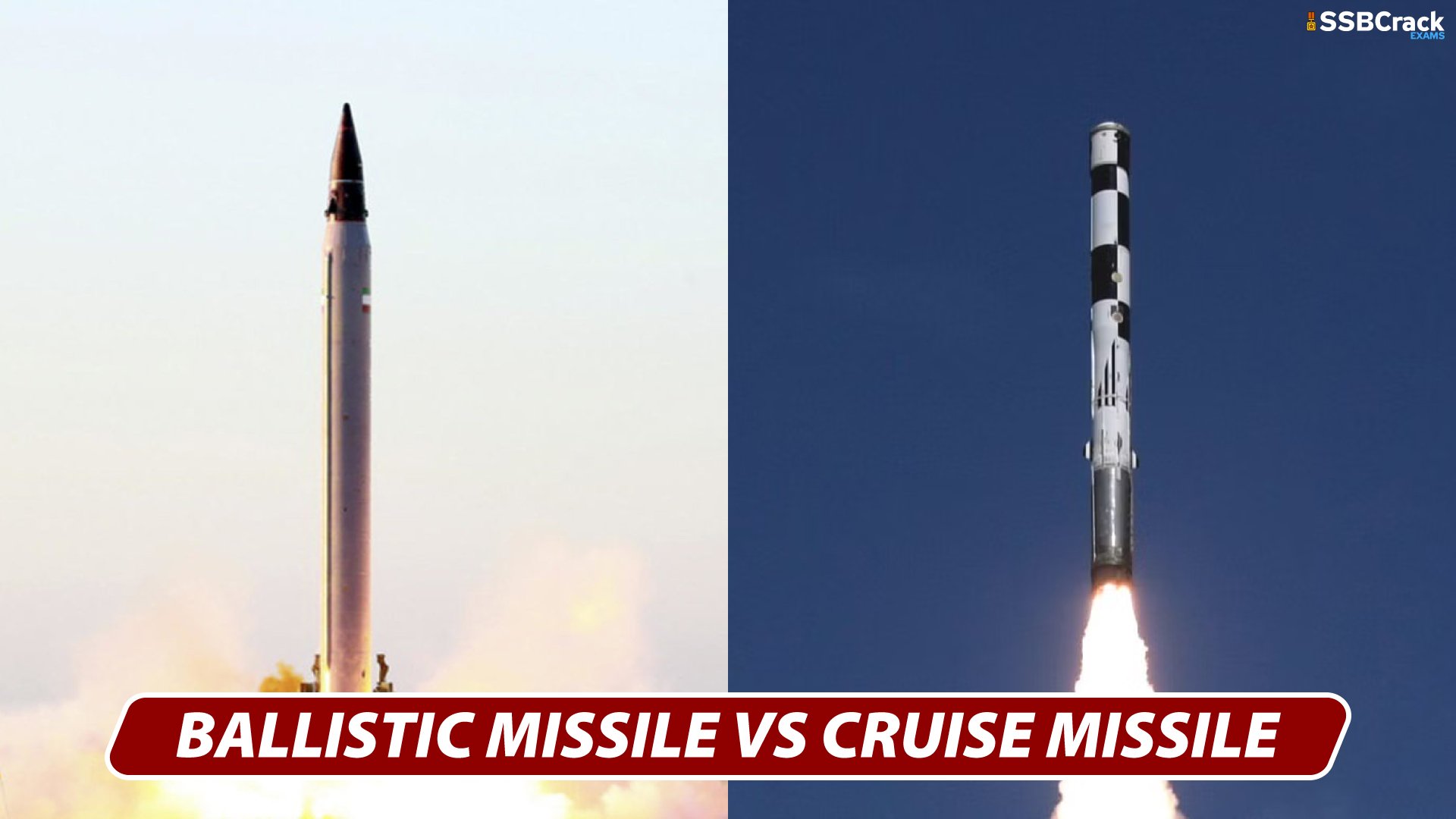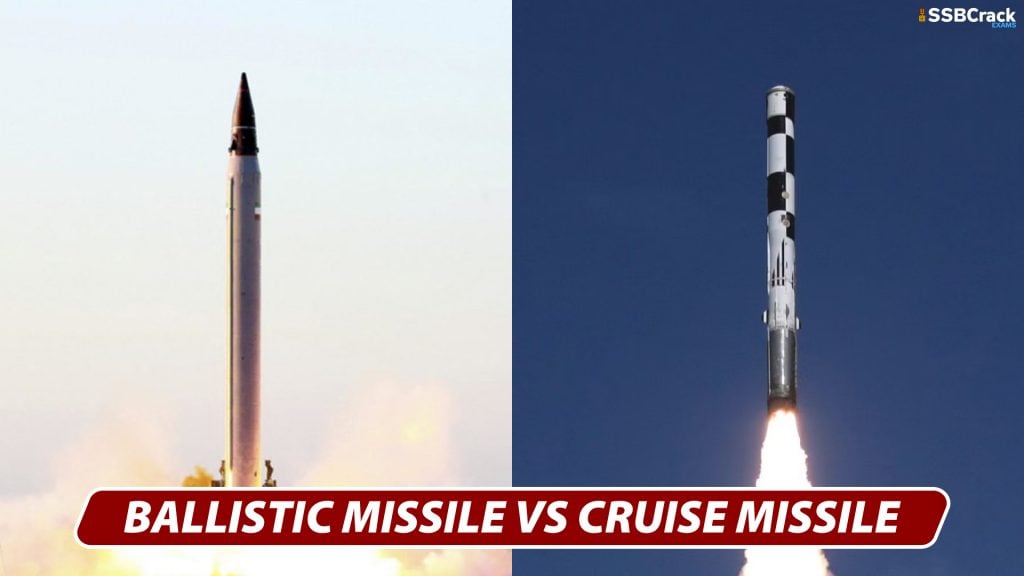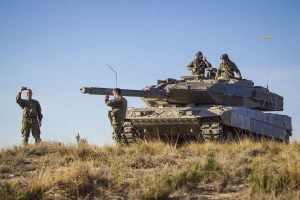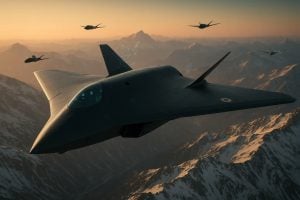A missile is a rocket-powered weapon that is meant to deliver an explosive warhead with high speed and precision. Missiles range in size from small tactical weapons with ranges of only a few hundred feet to considerably bigger strategic weapons with ranges of several thousand kilometres. Missiles are an important part of the defence system of any country, apart from its armed forces. A propeller-driven underwater missile is called a torpedo, and a guided missile powered along a low, level flight path by an air-sucking jet engine is known as a cruise missile.
Considering the situation of India, where it faces a two-front war situation every day with the neighbours having nukes and an unnecessary habit of undiplomatic interference. India must have good missiles to deter any such intention of harming India or destroying its security behind the facade of modern weapons by the other states. India has many missiles such as Nag Missile, Prithivi Missile and the latest BrahMos Missile.
Here, in this article, we will understand the difference between the Ballistic Missile and the Cruise Missile. We will look at the performs which differentiate the two types of Missiles.
Ballistic Missile
Ballistic missiles are missiles that are briefly guided while they can deliver one or more warheads. A ballistic missile travels on a ballistic trajectory to deliver one or more warheads to a designated target. These weapons are only directed for short periods of time—the majority of the flight is unpowered. Intercontinental ballistic missiles (ICBMs) are launched on a sub-orbital trajectory, whilst short-range ballistic missiles (SRBMs) remain within the Earth’s atmosphere. Consequently, the trajectory of the Ballistic missile is fully decided by a given initial velocity, effects of gravity, air resistance, and motion of the earth (Coriolis Force).
Cruise Missile
Ballistic missiles weapons are separate from cruise missiles, which fly in powered flight and are aerodynamically guided. A cruise missile is a guided missile used against terrestrial targets that stays in the atmosphere and travels the majority of its flight route at a steady speed. Cruise missiles are built to deliver a heavy warhead across vast distances with pinpoint accuracy. Modern cruise missiles may move at subsonic, supersonic, or hypersonic speeds, are self-navigating, and can fly on a non-ballistic, extremely low-altitude trajectory.
History of the Ballistic missile
The history of Ballistic missiles dates back to the 13th century, with its use derived from the history of rockets. Then the evidence of its use comes in the 14th century when the Ming Chinese navy used an early form of a ballistic missile weapon known as the Huo long Chu Shui in naval battles fought against enemy ships. Later, the Nazi Germany started using modern ballistic missiles majorly the A-4, generally known as the V-2 which was developed by Nazi Germany itself.
The first successful launch of a V-2 occurred on October 3, 1942, and it commenced operations against Paris on September 6, 1944, followed by an attack on London two days later. More than 3,000, V-2s had been launched by the end of World War II in Europe in May 1945.
History of Cruise Missile
The very idea of a cruise missile was developed by a British Movie The Airship Destroyer released in 1909. It showed flying torpedoes controlled wirelessly are used to bring down airships bombing London.
The credit for using the cruise missiles for the first time goes to Germany. It used the V-1, often called a flying bomb, in World War 2. It had a gyroscope navigation system and was powered by a basic pulse jet engine, which got it the codename “buzz bomb” or “doodlebug.”
Between 1957 and 1961, the United States pursued an ambitious and well-funded effort to create the Supersonic Low Altitude Missile, a nuclear-powered cruise missile (SLAM). And eventually, the need for cruise missiles was understood by the other nations, and they started purchasing and making them.
Types of ballistic missiles based on the range
- Short-range (tactical) ballistic missile (SRBM):- Range between 300 km and 1,000 km.
- Medium-range (theatre) ballistic missile (MRBM):- 1,000 km to 3,500 km.
- Intermediate-range (Long-Range) ballistic missile (IRBM or LRBM):- 3,500 km and 5,500 km.
- Intercontinental ballistic missile (ICBM):- 5,500 km +
Types of cruise missiles based on the speed
- Hypersonic (Mach 5): these missiles would travel at least five times the speed of sound (Mach 5). For instance, BrahMos-II.
- Subsonic (Mach 0.8): these missiles travel slower than the speed of sound. Such as Nirbhay.
- Supersonic (Mach 2-3): these missiles travel faster than the speed of sound. For example, BrahMos.
Here, we have written the difference in table format for better understanding of our readers. Go through this table carefully!
| Ballistic Missile | Cruise Missile |
| It is propelled only for a brief duration after its launch. | It is self propelled till the end of |
| Similar to a rocket engine. | Similar to a jet engine. |
| Can carry multiple payloads (Multiple Independently targetable Re-entry Vehicle) | Usually carries a single payload. |
| Heavy payload carrying capacity. | Payload capacity is limited. |
| Developed primarily to carry nuclear warheads. | Developed primarily to carry conventional warheads. |
| Example – Prithvi I, Prithvi II, Agni I, Agni II and Dhanush missiles. | Example – BrahMos missiles |
| Low Precision | High Precision |
Moving further, it is important to know about the missile programme of India, which helped India in getting numerous powerful missiles. Let’s understand the IGM DP
Integrated Guided Missile Development Programme (IGMDP)
The Integrated Guided Missile Development Programme (IGMDP) is an Indian Ministry of Defence programme for the research and development of a comprehensive range of missiles to strengthen India’s air defence system. This programme was managed and run by DRDO and Ordnance Factory Board (OFB). This programme was run until 2008 from the year 1982 under the leadership of APJ Abdul Kalam. The goal of this programme was to develop strategic missiles, which was achieved by 2008.
In total four projects were pursued together, and four missiles were born under the IGMDP which are as follows:-
- Short-range surface-to-surface missile (code-named Prithvi)
- Short-range low-level surface-to-air missile (code-named Trishul)
- Medium range surface-to-air missile (code-named Akash) and
- Third-generation anti-tank missile (code-named Nag)
Conclusion
Here in the above article, we talked about ballistic missiles and cruise missiles and the differences between them. In short, ballistic missiles are the missiles that are briefly guided and have the capacity to drive two or more warheads. Whereas cruise missiles are more powerful and strategically advanced missiles capable of destroying the area with accuracy. The cruise missiles are sued more in modern war fields because often precision, the ability to destruct and need. India has both kinds of missiles. As in Ballistic Missiles, we have Prithvi I and Prithvi II, whereas, in cruise missiles, we have the world’s fastest cruise missile of a speed of Mach 2.8, BrahMos.
We hope this article has helped you in differentiating between the ballistic missiles and cruise missiles. Follow SSBCrackExams for more such informative articles.
Also Read:


















